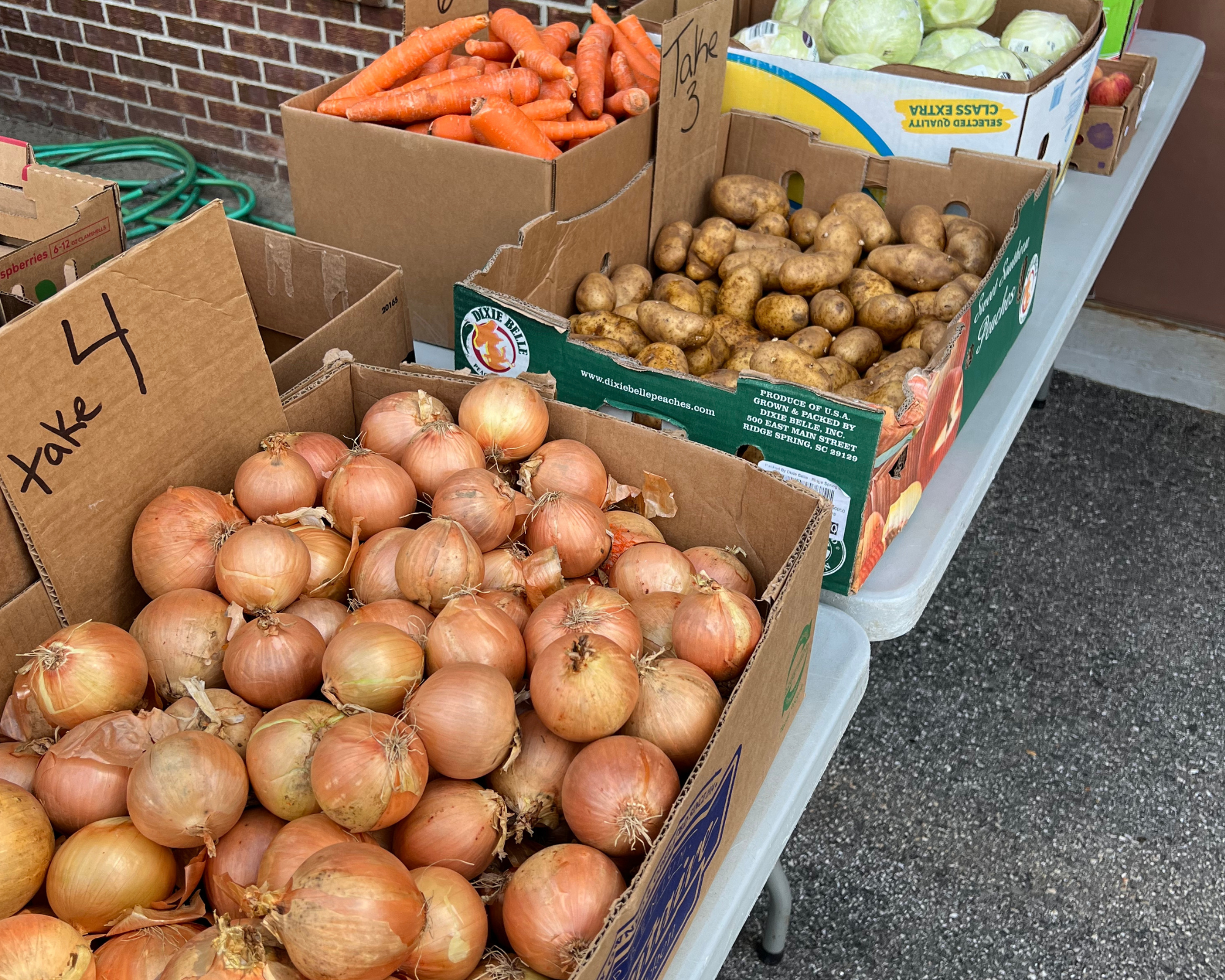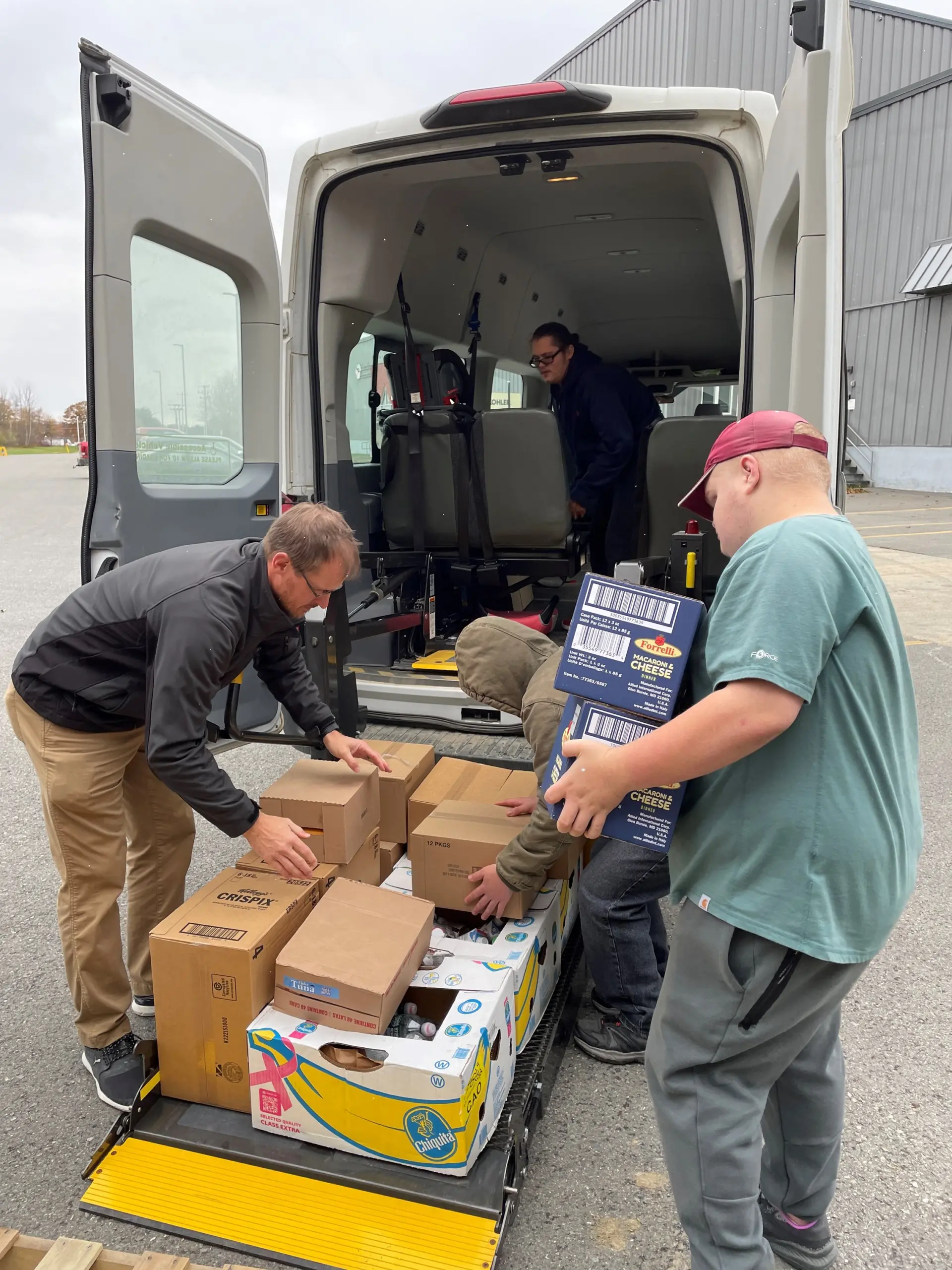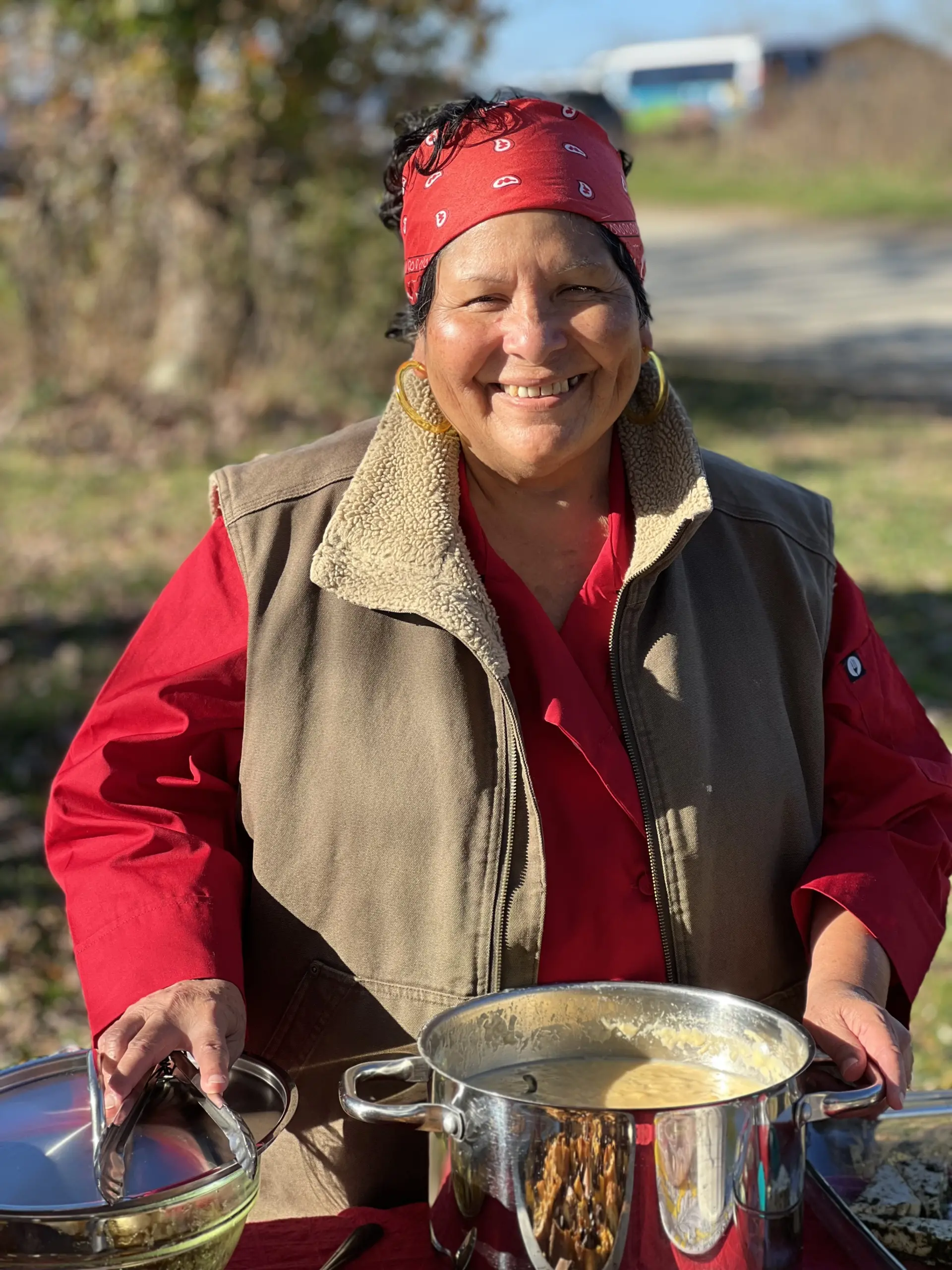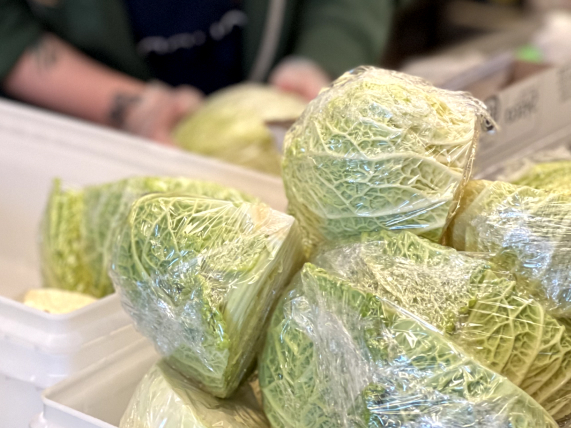2025-2030
Strategic Plan
Good Shepherd Food Bank launched its FY 2025-2030 strategic planning process in the summer of 2021, in anticipation of its current strategic plan concluding and in recognition that the state of Maine was working on a statewide plan to end hunger by 2030.
In partnership with its strategic planning partner, Fio Partners, the organization spent the next nine months reconciling its prior approach to strategic planning (an internally led and driven process) with its desire to conduct a community-centered planning process that engaged more and diverse external stakeholders to inform and guide the planning and the ultimate plan.
Good Shepherd Food Bank’s FY2025-2030 Strategic Planning Process
After several well-intended efforts and attempts, there was recognition on the part of the Food Bank that it did not have an existing network of neighbors where sufficient trust had been built to engage as part of this process. Instead of convening a stakeholder group of people with lived or living experience, the Food Bank and other stakeholder groups used existing resources representing the voice of neighbors, including the Impacted Community Recommendations & Review On the Interim Report for Ending Hunger in Maine by 2030 and Feeding America’s Elevating Voices studies and reports.
The remaining five stakeholder groups all provided input into the design of information gathering for their constituencies. In all, the following information was gathered in the first half of 2023: staff survey, staff focus groups, board survey, FEJC focus group, network partner survey, community partner survey, and community collaborative mapping. All told, nearly 200 individuals contributed to the planning process.
In addition, the Food Bank spent the spring of 2023 identifying and codifying its key learnings since 2015 as it related to addressing food insecurity and the difference (in the work and the impact) between addressing the meal gap and the root causes of food insecurity. These lessons and learnings—and stakeholder reaction and input to them—further informed the strategic plan. The overarching Feeding America Strategic Network Framework also served as an input.
Following a convening of all stakeholder groups in September 2023, the Food Bank moved to consolidate all the input gathered throughout the planning process to articulate five strategic priorities for the FY2025-2030 plan. The Food Bank staff formed five working groups to bring the strategic priorities to life through the development of strategies and tactics. These efforts were supported by a board member who served as an advisor assigned to each team and a Strategic Planning Advisory Team, a task force comprising staff leadership and key staff members, along with board representation.
In addition to the five strategic priorities, the resulting plan included an update to our mission statement, a new bold vision, an articulation of our beliefs, and a recommitment to our core values.




